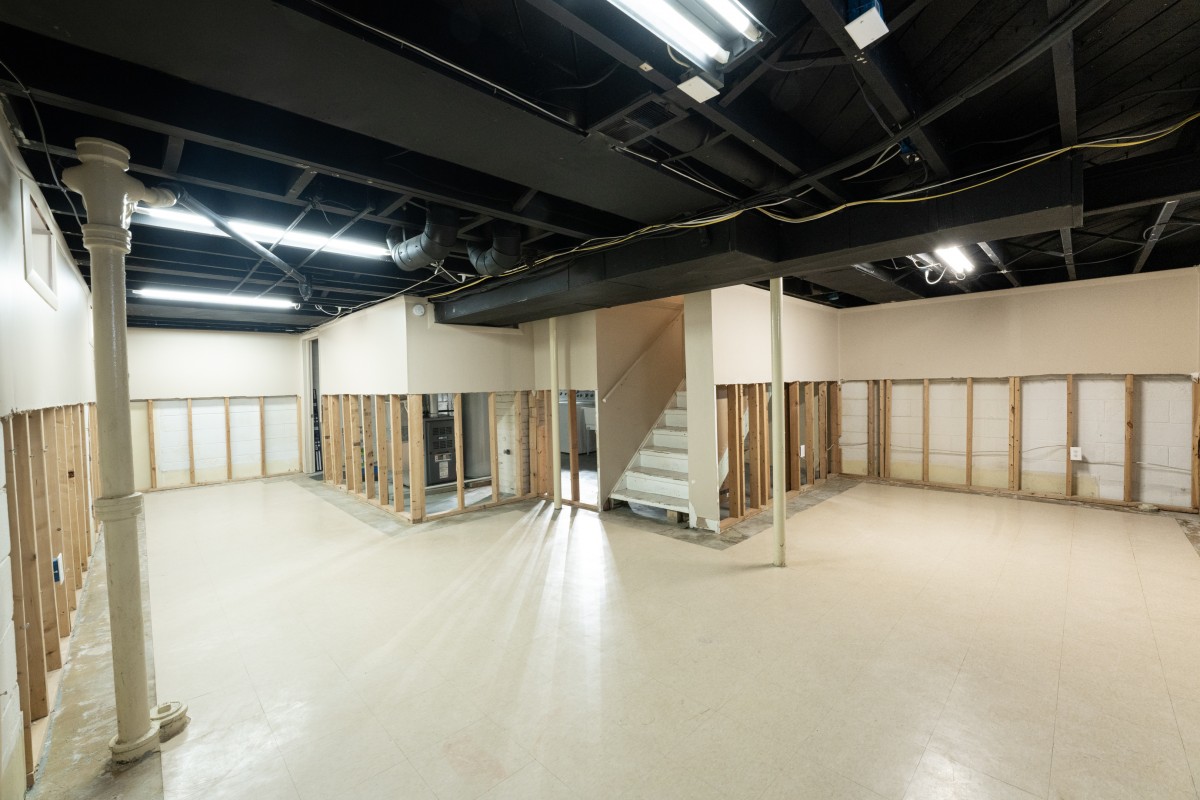Important Facts About Basement Waterproofing Cleveland, OH
Basements play an important role in buildings. A basement can be used as a storage room, a garage, a laundry room, or as a place for storing water tanks among other uses. But it is not possible to enjoy any of these benefits of a basement if the basement is wet or damp. Dampness or high humidity is associated with issues such as the growth of mold and mildew, which are linked to health problems such as allergies and asthma.
What Makes A Basement Wet Or Damp?
The key to having a dry and healthy basement is waterproofing the basement. Below are some important facts about basement waterproofing.
Before delving into how to keep a basement dry, it is important to explain how basements become humid in the first place. The following are some of the factors that contribute to high humidity in basements:
- Improperly fitted and maintained gutters and downspouts: The purpose of gutters and downspouts is to direct rainwater away from the foundation of a building. If gutters and downspouts have been improperly installed or are clogged, they will drain water into the foundation, which eventually percolates into the basement.
- Insufficient soil drainage: If the soil that surrounds the foundation does not drain water properly, the water will seep into the foundation and into the basement.
- Hydrostatic pressure: Hydrostatic pressure results from the weight of the soil around the foundation as it absorbs water and exerts its weight on the foundation wall. This may lead to the formation of cracks, through which water will leak into the basement.
- Presence of cracks in the basement: Cracks on the basement wall make it easier for water to seep into the basement.
- Land that slopes towards the basement: When the land near a building slopes towards the building, this makes it easy for rainwater to collect near the foundation and seep into the basement.
- Condensation: Because of poor ventilation in the basement, the humid air within the basement turns into water.

What Are The Basement Waterproofing Methods?
Basement waterproofing can be interior, exterior, or based on the drainage system. Below are the waterproofing methods:
- Interior waterproofing: This focuses on ensuring that the interior sections of the basement such as the floor, walls, doors and windows are sealed and made watertight.
- Exterior waterproofing: Since wetness in most basements is caused by water seeping in from outside, exterior waterproofing focuses on sealing the exterior walls of the basement. This includes excavating the soil that surrounds the basement and applying appropriate sealants to the basement walls.
- Focusing on the drainage system: This involves directing rainwater away from the basement to reduce the possibility of water seeping into the basement. Drainage-related measures are taken in addition to interior and exterior waterproofing.
Contact the Professionals at Ohio State Waterproofing Today! (330) 467-1055













